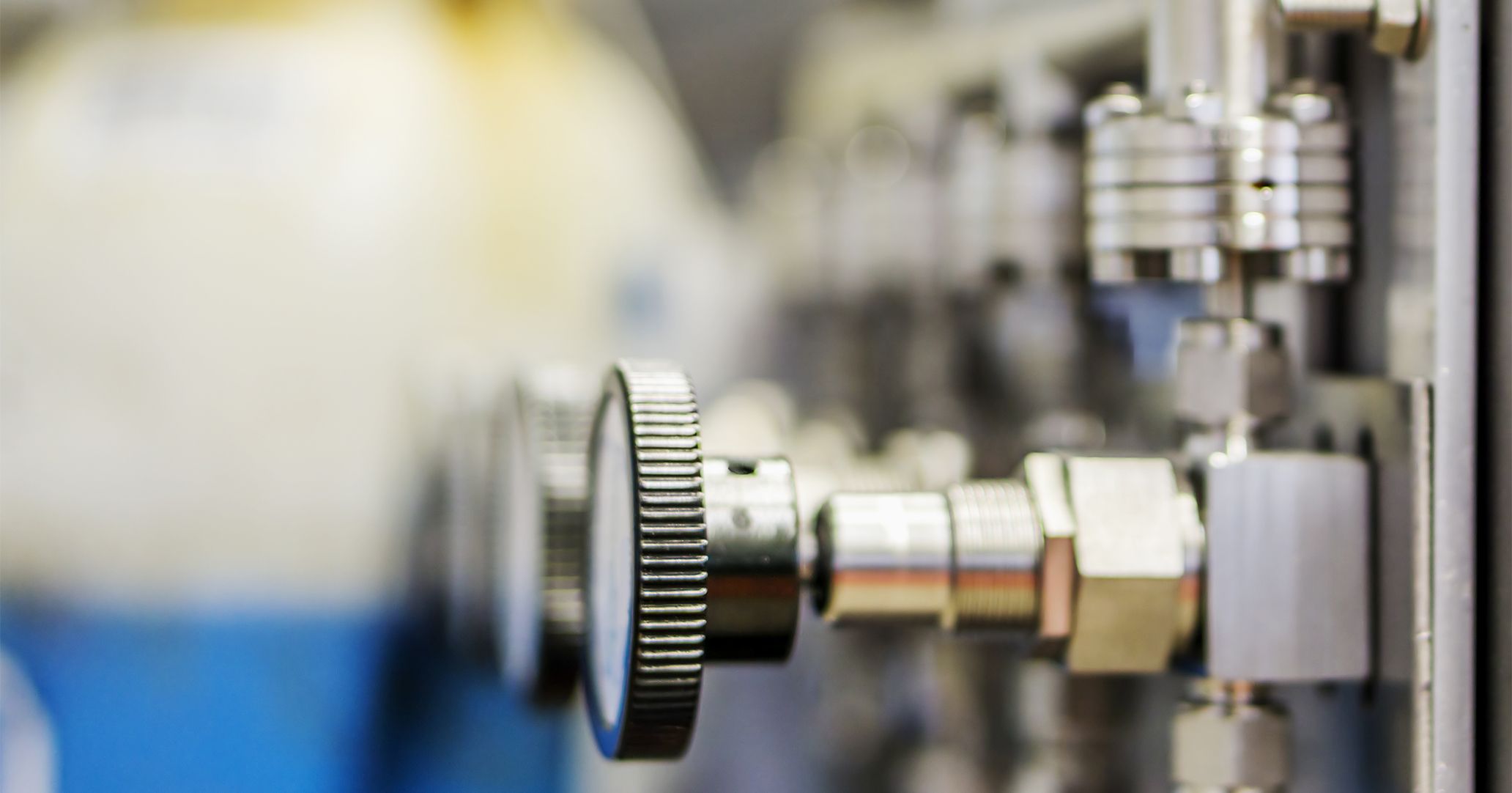The ATEX directive consists of two EU directives describing what equipment and work environment is allowed in an environment with an explosive atmosphere. ATEX derives its name from the French title of the 2014/34/EU directive: Appareils destinés à être utilisés en ATmosphères EXplosibles
Since July 1st 2003 it has been mandatory under European law, that all equipment for use in a potentially explosive atmosphere must conform to specific safety standards. Many manufacturing processes, including biodiesel production, generate potentially explosive atmospheres.
European Directive 137 – The protection of workers from potentially explosive atmospheres – makes it mandatory under European law to assess for an explosion risk and classify the area accordingly.
For more information please see:
- European Commission’s European Standards – Equipment for explosive environments
- Dangerous Substances and Explosive Atmospheres Regulations 2002
The following information is intended as a guide only. Determination of appropriateness of equipment is the responsibility of the organisation/user.
A professional risk assessment determines hazardous area zones. EN 60079-10 is the european standard for determining the classification of hazardous areas, giving guidance on determining the area classification and recommendations for detailing the zones on drawings.
- Zone 0: An area in which an explosive gas atmosphere is present continuously or for long periods
- Zone 1: An area in which an explosive gas atmosphere is likely to occur in normal operation
- Zone 2: An area in which an explosive gas atmosphere is not likely to occur in normal operation and, if it occurs, will only exist for a short time
| Zone | Description | Equipment Category | |
| (gases & vapours) | (dusts) | ||
| Zone 0 | Zone 20 | An area where an explosive atmosphere is present continuously or for long periods | Category 1 |
| Zone 1 | Zone 21 | An area where an explosive atmosphere is likely to to occur in normal operation | Category 2 |
| Zone 2 | Zone 22 | An area where an explosive atmosphere is not likely to occur in normal operation | Category 3 |
Classification of Gases and Dusts
Gases and dusts are classified according to their ignition properties.
For gases and vapors, the gas group (explosion group) is determined according to:
- MESG – maximum experimental safe gap (IEC 60 079-1A)
- MIC – minimum ignition current ratio relative to methane (IEC 60 079-3)
The dangerousness of the gases increases from gas group IIA to IIC.
Temperature class is based on the auto-ignition temperature of the material.
| Gas group | Temperature class | |||||
| T1 | T2 | T3 | T4 | T5 | T6 | |
| I | Methane | |||||
| IIA | Acetone | Ethanol | Diesel fuel | Acetaldehyde | ||
| Methane | Cyclohexane | Aircraft fuel | ||||
| Ethane | n-butane | Fuel oil | ||||
| Propane | n-butyl alcohol | n-hexane | ||||
| Methanol | Propan-2-ol | Heptane | ||||
| Toluene | ||||||
| Benzene | ||||||
| Acetic acid | ||||||
| IIB | Coal gas (Town gas) | Ethylene | Ethylene glycol | Ethyl methyl ether | ||
| Ethylene oxide | Hydrogen sulphide | |||||
| Propan-1-ol | Tetrahydrofuran (THF) | |||||
| IIC | Hydrogen | Acetylene | Carbon disulphide | |||
| Explosion group | MESG | MIC ratio relative to methane |
| IIA | >0.9mm | >0.8 |
| IIB | 0.5 – 0.9mm | 0.45 – 0.8 |
| IIC | <0.5mm | <0.45 |
MESG – Experimental vessel has an aperture of length 25mm from the inside to the outside of the vessel. Width (gap) is adjustable. MESG is the maximum gap that an internal ignition of an explosive mixture is not propagated to the exterior.
| Temperature class | Max surface temperature | Ignition temperatures | Temperature class |
| IEC/EN | of equipment | of flammable substance | NEC 500-3 |
| NEC 505-10 | °C | °C | CEC 18-052 |
| T1 | 450 | >450 | T1 |
| T2 | 300 | >300 ≤ 450 | T2 |
| 280 | >280 ≤ 300 | T2A | |
| 260 | >260 ≤ 280 | T2B | |
| 230 | >230 ≤ 260 | T2C | |
| 215 | >215 ≤ 230 | T2D | |
| T3 | 200 | >200 ≤ 300 | T3 |
| 180 | >180 ≤ 200 | T3A | |
| 165 | >165 ≤ 180 | T3B | |
| 160 | >160 ≤ 165 | T3C | |
| T4 | 135 | >135 ≤ 200 | T4 |
| 120 | >120 ≤ 135 | T4A | |
| T5 | 100 | >100 ≤ 135 | T5 |
| T6 | 85 | >85 ≤ 100 | T6 |
Temperature class relates to all parts of equipment that can come into contact with potentially explosive atmosphere.
| Method of protection | Ex Marking | Protection principle |
| Flameproof enclosure | d | Contains explosion & prevents flame propagation |
| Increased safety | e | No arcs, sparks, or hot surfaces |
| Nonsparking | n | No arcs, sparks, or hot surfaces |
| Intrinsic safety | i | Limited energy of spark & surface temperature |
| Oil immersion | o | Ignition source kept constantly immersed in oil |
| Pressurised enclosure | p | Protective gas contains ignition source |
| Sand filling | q | Fine ground filling surrounds the ignition source so that an arc from inside the housing cannot ignite the surrounding combustable atmosphere |
